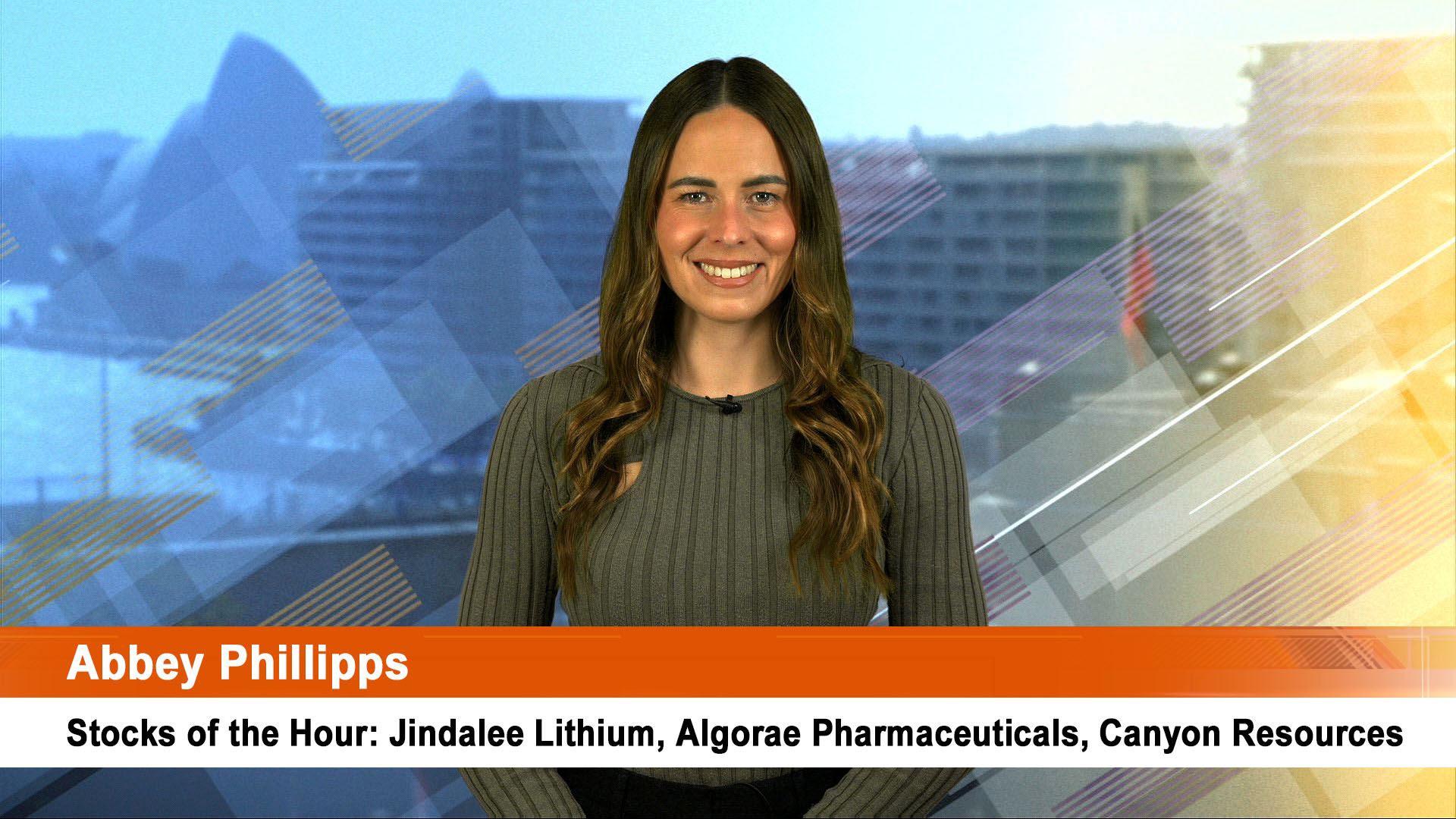The Aussie dollar fell under 77 US cents yesterday as the odds firmed that another interest rate cut was going to come sooner than later from the Reserve Bank because business investment is falling faster than previous thought.
In fact the figures from the Bureau of Statistics, including a series of revisions to the December quarter’s business investment data, were worse than expected and something of a shock.
They also held open a real chance the March quarter could see no growth, or a dip into negative territory, while also suggesting that more periods of negative or low economic growth lie ahead in the next year to 18 months.
The data shows the collapse of the mining and resource investment boom is accelerating, with no sign of any slowing in the rate of worsening, or any glimmer of hope.
The March quarter private investment report from the Bureau of Statistics reveals a fall in actual investment of 4.4% seasonally adjusted (double the size of the forecast from the market), driven by a sharp 6.5% fall in spending on buildings and structures.
More importantly, the second estimate for the new 2015-16 financial year of $104.033 billion was 24.6% down on the second estimate for this year, but the ABS said it was 1.4% higher than the first estimate issued in February.
A worrying part of yesterday’s figures was the revisions to the December quarter figures. The first estimate for 2015-16 investment was $109.799 billion, meaning there had been a substantial revision in that initial figure which was cut to just over $102 billion in yesterday’s report. That’s why the second estimate was a touch higher, not because of more money being promised as future investment.
The big driver here was a slide in investment plans in the mining sector. The second estimate for mining was $52.2 billion, down 34.9% from the second estimate for 2014-15, and is also 3% lower than the first estimate for 2015-16 (issued in late February).
The second estimate for manufacturing for 2015-16 was down 13.3% to just $6.3 billion from a year earlier, but is 4.2% higher than the first estimate. Meanwhile, the second estimate for other selected industries in the new financial year was $45.6 billion, which is down 10% from a year ago, but up 6.6% from the first estimate for 2015-16. That was the only positive note in the report.
Based on yesterday’s report non-mining investment is heading for a fall of 10% in 2015-16, adding to the huge slide predicted for the mining industry.
Equipment, plant and machinery (which is the only category that feeds directly into the calculation for next week’s GDP figures) fell 0.5% during the first three months of the year, which economists say provides downside risk to the March quarter GDP number.
Coming on top of the 2.4% fall in construction work done in the quarter (out Wednesday), with much of that also due to the slide in mining, and the failure of rising housing construction to offset that fall, there’s added pressure on the GDP figures next week from this quarter.
The boost we have been getting from rising volumes of iron ore exports will be muted in the quarter, while prices for other exports were down as the Aussie dollar was firmer in the three months to March than in the December quarter. Household spending will be unspectacular, but car purchases and the housing boom will provide most of the impetus, while growth in retail sales volumes slowed in the quarter.
The big thing to watch next week will be the size of the inventories adjustment – that’s out on Monday from the Bureau of Statistics. It’s been swinging from positive (which boosts GDP) to negative (which detracts from it). It could keep the economy line ball, or slightly in the black.
The GDP figures are out next Wednesday, the day after the next meeting for the Reserve Bank of Australia.
The RBA will regard the 6th estimate for this financial year ending June 30 of $149.9 billion, (down 8.1% on the 6th estimate a year ago, and slightly lower than the 5th estimate for this year) as largely historical and meaningless.
It’s the 2015-16 estimates that are the real interest and concern, and why the Reserve Bank has cut interest rates twice this year already.













